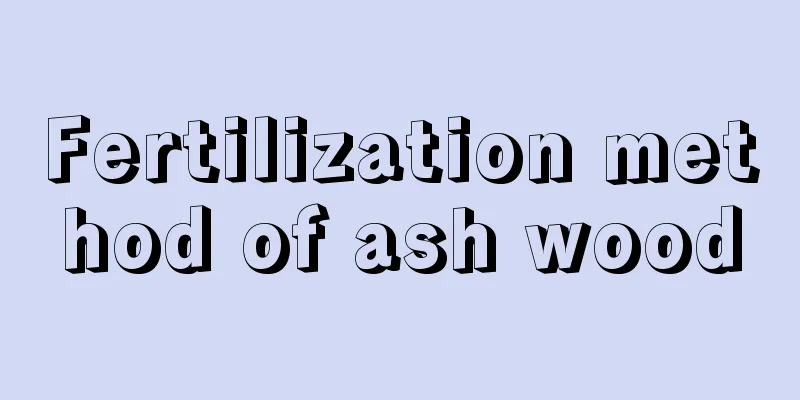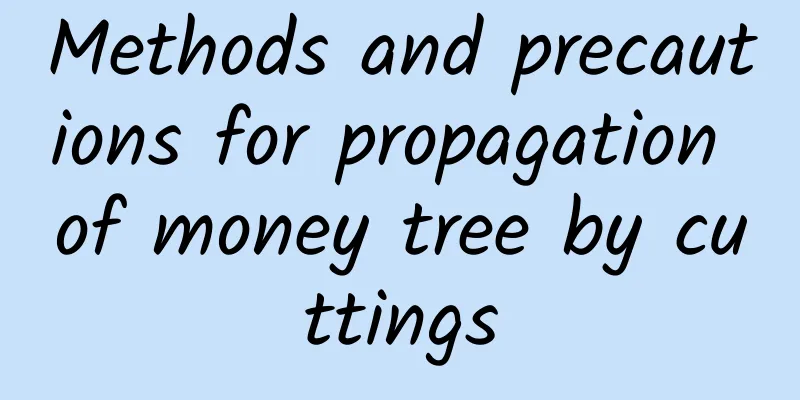Pear tree bonsai making and maintenance

Making of Pear BonsaiFirst of all, when making pear bonsai, you can choose mountain pear, pear, autumn pear, bean pear, etc. as rootstocks, and it is appropriate to choose excellent pear tree varieties that grow strong and easy to bear fruit, and graft them through bud grafting or branch grafting. Secondly, pear trees are suitable for a variety of bonsai shapes. Straight trunk, slanted trunk, double trunk, jungle, waterside, curved trunk, lying trunk, etc. are all good choices. Since pear leaves are relatively large, a natural shape of the crown is preferred. In addition, pear trees grow relatively strong and have a large growth volume, and the top branches develop vigorously. Measures such as topping and pinching must be taken to control the growth of strong branches. This is conducive to the formation of a short, compact, naturally beautiful crown, and is also conducive to the formation of flower buds. Finally, the large fruits are also one of the ornamental values of pear tree bonsai. While cultivating the crown, the size, quantity and distribution of the fruits should be determined according to the plant morphology and nutritional reserves so that there can be certain changes. In addition, methods such as pruning, pulling, twisting and bending are adopted to adjust the growth direction of branches, increase the number of main branches, control vigorous branches, promote the growth of short branches, so as to achieve the purpose of cultivating high-quality fruiting branches, making the branches and leaves plump and bearing the right amount of fruits. In addition, pear trees have a well-developed root system, and the roots can be lifted depending on the specific situation, which can help to highlight the bonsai's ancient and simple artistic conception. Maintenance of Pear BonsaiPear trees require a large amount of fertilizer. In addition to applying sufficient base fertilizer when potting, during the growing season of the pear tree, generally decomposed organic liquid fertilizer is needed every 15-20 days. In addition to normal fertilization during the budding period, flower bud differentiation period and fruit expansion period of pear trees, phosphorus and potassium fertilizers are also needed. You can spray 0.2-0.3 potassium dihydrogen phosphate solution on the leaves about 2-3 times to meet the nutritional requirements of flowering and fruiting. Since the nutrients in the pear tree bonsai pot are limited, not too many fruits should be retained to reduce nutrient consumption. Normally, 1-2 fruits should be retained in each inflorescence. Depending on the specific situation, the entire inflorescence can even be removed. Repotting is required every 1-2 years or so, which is best done in spring. Loose, fertile, well-drained neutral sandy soil is preferred. |
>>: How to make Magnolia grandiflora bonsai
Recommend
How many years does red pine bear fruit?
Introduction to Planting Korean Pine Korean pine ...
Camellia rarely blooms, but if you take a pill, the flower buds will pop up and you can see them for several months!
It is not uncommon to use pills to grow flowers, ...
How often should I water the evergreen in summer?
Frequency of watering Dieffenbachia in summer Die...
Can plum blossoms be transplanted in autumn? Transplanting precautions
Transplanting plum blossoms in autumn The plum bl...
Can herbal tea dregs be put directly into the soil to grow flowers (Can herbal tea dregs be used as fertilizer to grow flowers)
Can herbal tea residue be used to grow flowers? I...
The origin and evolution of plants
1. Origin The origin of plants is very ancient. S...
Nepenthes growth environment conditions and characteristics
Nepenthes growth environment conditions and requi...
Can peanut skins be used as flower fertilizer?
Peanut skins as flower fertilizer Peanut skins ca...
Begonia repotting precautions repotting steps (root pruning, root drying, watering)
Things to note when repotting Begonia The crabapp...
When should autumn coriander be planted in Northeast China?
Coriander, also known as cilantro, is a vegetable...
How often should I water the fortune tree in summer?
How often should the fortune tree be watered in s...
What to do if the leaves of Dutch iron turn yellow
1. Temperature reasons In fact, this is a very ea...
When to plant kiwi seedlings
1. When to plant It is better to plant this type ...
How to water potted cherries
Key points for watering potted cherries Potted ch...
Cultivation methods and precautions of goat milk flower
1. Soil It is best to choose sandy loam for the n...









